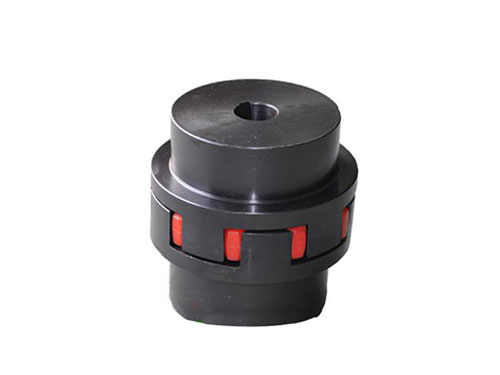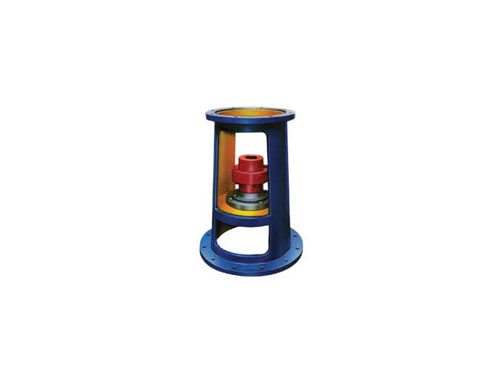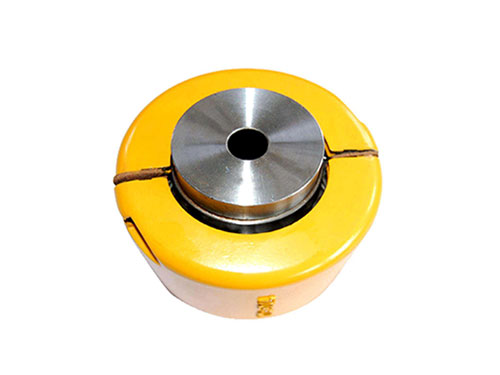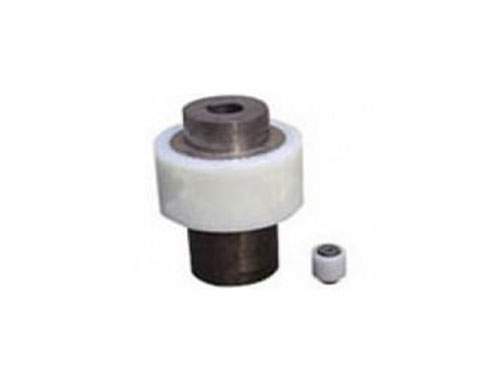 Tire coupling for LLA metallurgical equipmentThe tire coupling for LLA metallurgical equipment is...
Tire coupling for LLA metallurgical equipmentThe tire coupling for LLA metallurgical equipment is... XL connection middle sleeve type star elastic couplingXL connection middle sleeve type star elastic coupling...
XL connection middle sleeve type star elastic couplingXL connection middle sleeve type star elastic coupling... JXLD frame (74 standard)The JXLD type of this rack series is suitable for...
JXLD frame (74 standard)The JXLD type of this rack series is suitable for... KC type sprocket couplingKC series sprocket coupling is used to connect...
KC type sprocket couplingKC series sprocket coupling is used to connect... NL type drum gear couplingThe shaft hole types are cylindrical (Y), conical...
NL type drum gear couplingThe shaft hole types are cylindrical (Y), conical...The technical development level of the coupling
The technical level of the coupling, whether it is structural type or technical parameters and performance indicators, most of them reach the level of similar products; however, there is a big gap in product processing accuracy, quality and service life.The main reasons are firstly related to the form, scale and management level of the organization's production; secondly, the processing equipment is relatively outdated, the production rate is low, and the processing accuracy is poor.
In recent years, our country has also made some progress in the research of flexible couplings, especially in some key technologies and industrialization. For example, Professor Wang Jiaxu of the Mechanical Transmission Laboratory of Chongqing University and others have made several years of painstaking discussions. The coupling was successfully promoted and applied.
In order to achieve different working conditions, the coupling can meet the requirements of vibration reduction, noise reduction, long life, and large torque. At the same time, in order to facilitate maintenance, installation and heat dissipation, and to avoid resonance.At present, the main research directions for elastic couplings are: the use of new materials, which is the use of new materials for rubber components, and the mechanical properties of the materials through formulas and vulcanization processes; the use of new structures, through independent new structures to achieve specific working conditions Transmit torque or movement; use, such as metal and rubber bonding technology, to improve the performance of the star-shaped elastic coupling.
The research on couplings started early. Most of the couplings are produced mainly by chemical engineering. The common feature of coupling manufacturers is the high technical content of their products, which can meet the technical needs of current heavy machinery, processing equipment, castings and forgings. Supporting and managing hydraulic and electrical components, focusing on technical manufacturing and technological progress.
The following methods are generally used for coupling maintenance:
[1] Check the gear tooth surface meshing of the coupling. The contact area is not less than 50% along the tooth height and not less than 70% along the tooth width. The tooth surface must not have serious corrosion, wear and cracks.
[2] The full circle runout of the outer gear ring of the coupling is not more than 0.03mm, and the end circle runout is not more than 0.02mm.
[3] When reinstalling the intermediate tube or other parts, it should be assembled according to the original markings and data.
[4] Tighten the bolts evenly with a torque wrench.
[5] If you need to remove the gear ring, you need to use tools, do not knock, so as not to bend or damage the shaft.When reinstalling, heat the ring gear to about 200°C before installing it on the shaft.The interference between the outer gear ring and the shaft is generally 0.01~0.03mm.
There are many types of couplings, which are divided into three categories according to their functions and principles: ordinary couplings and special couplings.Coupling is an additional mechanism on the basis of ordinary coupling. Once the torque is overloaded, the transmission can be interrupted or the torque transmission can be restricted, thereby protecting the important parts of the machine from damage.Special couplings refer to couplings that are connected by non-mechanical means, such as hydraulic, pneumatic or magnetic drive couplings.
Common coupling applications are common.It is divided into rigid coupling and elastic coupling.Rigid couplings are divided into rigid fixed couplings and rigid movable couplings.The rigid fixed coupling requires the centering of the two connected shafts, and this centering accuracy will not change during work.Therefore, although this type of coupling has a simple structure and a low price, its use is too demanding, so it is rarely used.However, in some occasions, rigid fixed couplings are used, such as the occasions where the axial force needs to be transmitted through the star-shaped elastic coupling, or when other couplings for certain heavy-duty units cannot meet the torque transmission requirements.
The coupling provides lubrication due to the relative movement between the components, and its compensation ability is restricted by the relative sliding speed of the movable element and the lubrication conditions.For example, the relative sliding speed of the tooth surface of the gear coupling should not be greater than 0.12m/s, so under heavy load, the angular compensation ability of this coupling is very small.In order to improve this compensation ability, gear couplings are often made of drum-shaped teeth, and the structure is more complicated, and once there is a problem with the lubrication, its use effect and life will be reduced. This has promoted the development and development of dry couplings. use.
Couplings, also known as couplings, are mainly used to connect the transmission shafts of various mechanisms. Due to different mechanical equipment, the functions of various couplings are slightly different. For example, on a forklift, the coupling is used to transmit transmission and drive. The power between the bridges. For forklifts below 3t due to the short longitudinal dimension of the drive train, they generally adopt a rigid connection structure, that is, bolts are used to connect the engine, clutch, transmission, coupling shell, and drive axle, that is, from the engine to the drive axle is a rigid whole. The middle part of the rigid whole adopts a gear coupling. For forklifts above 5t, universal joints are generally used due to the longer longitudinal dimension of the transmission system.